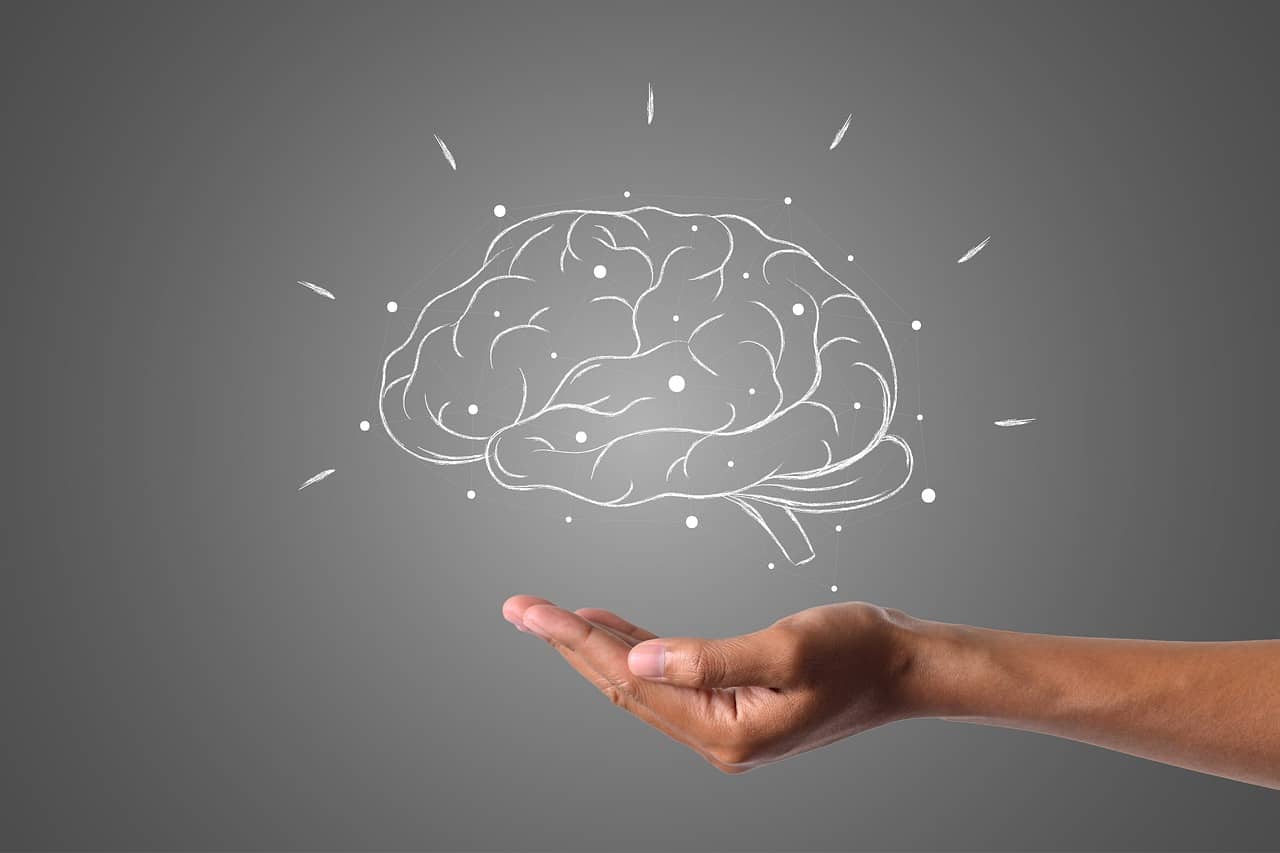
Your baby’s first cry, the taste of apple pie, the smell of the sea breeze – these are the memories that give you confidence. They make you feel comfortable with friends and in your favorite place. They bind the past to the present, influencing your personality
Encoding is the first step in memory formation. It’s a phenomenon biologically ingrained in the mind that begins with perception. Consider, for example, the memory of the first person you fell in love with. When you met her, your vision probably registered physical characteristics such as eye and hair color. You also paid attention to her laugh or the smell of her perfume or cologne. The touch of your loved one certainly gave you pleasure. Each of these separate sensations traveled to a part of the brain called the hippocampus, which combined the perceptions into a single experience. Experts believe that the hippocampus, along with the frontal cortex, analyze various sensory stimuli and decide whether they are worth remembering. Individual bits of information are then stored in various parts of the brain. Scientists have not yet discovered how they are identified and retrieved to form a coherent memory.
There are three types of memory that work in specific ways but still work together in the memorization process. They can be seen as the steps necessary to create long-term memory.
Sensory memory records vast amounts of information about the environment in a very short period of time. It allows you to retain the information you receive through your senses after the initial stimulus has ended. It acts as a buffer for stimuli provided by the senses of hearing, sight, smell, touch and taste. It allows you to remember very detailed data, but only for a few milliseconds. It allows you to recall very detailed information about a complex stimulus immediately after its presentation. There is no manipulation of the incoming data because it is quickly stored into sensory memory
Scientists claim that there is a subtype of sensory memory for each of the five senses (touch, taste, sight, smell and hearing). However, it is worth remembering that only three have been studied in depth: echoic, iconic, and tactile.
Works like a notebook to temporarily recall processed information. Importantly, it has a limited capacity. A few key terms are worth mentioning here. Portioning is dividing information into smaller pieces to make reading and comprehension faster and easier. Encoding, mentioned earlier, helps transform data into a construct stored in the brain. Consolidation, on the other hand, stabilizes a memory trace after its initial acquisition.
Short-term memory, unlike sensory memory, allows for the temporary storage of accumulated information. However, it depends on a person’s conscious effort. For example, to understand a particular sentence, you need to remember what it was at the beginning while reading the rest
Although the mentioned term is often used as a synonym for “short-term memory”, it is actually different from it. It temporarily stores data in the mind that can be manipulated. The working memory model developed by Baddeley and Hitch in 1974 is now the most widely accepted theory about it. It includes a phenological loop that retains verbal data. In addition to it, it has a visual-spatial notebook to control visual data and a central manager that focuses attention on said data
Theoretically, it has an unlimited capacity. Information can remain in it indefinitely, sometimes for a lifetime. Long-term memories can be divided into explicit and implicit. The former include facts, concepts, and events that must be consciously recalled. They can be semantic (abstract, fact-based) or episodic (based on a specific event). Implicit memories, on the other hand, involve procedures for completing motor actions. This is the last, semi-permanent stage of memory. It is sometimes called referential memory because when performing almost any task, you must refer to the information in it.
Photo hainguyenrp/Pixabay